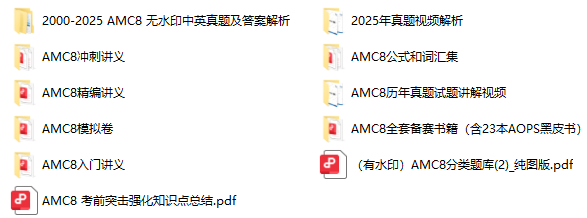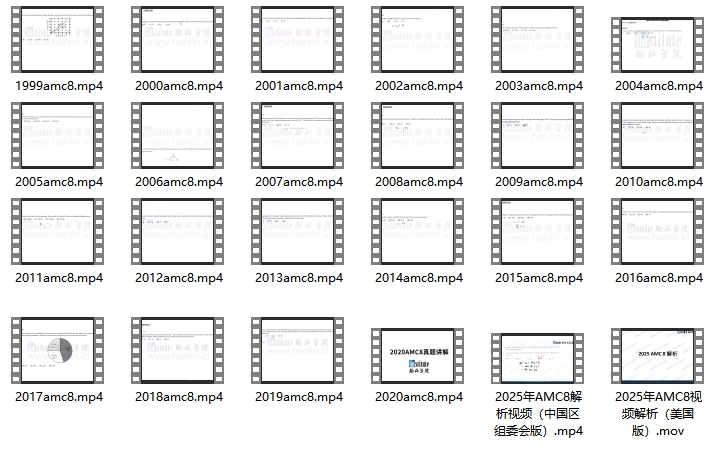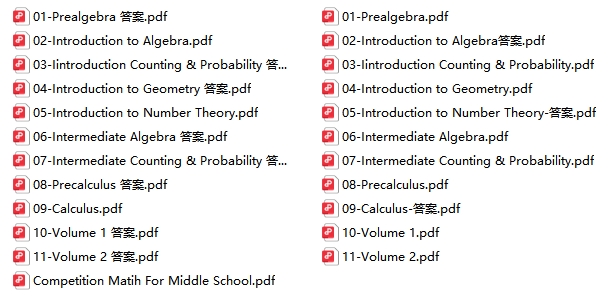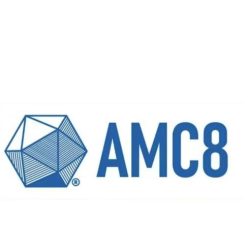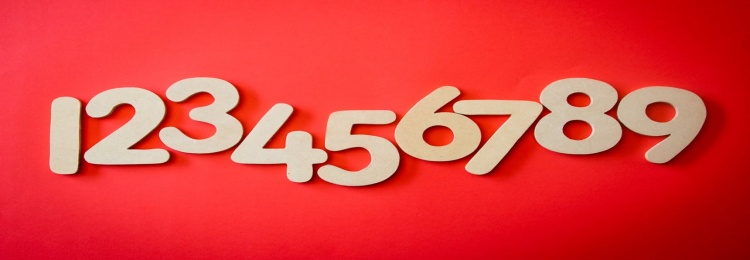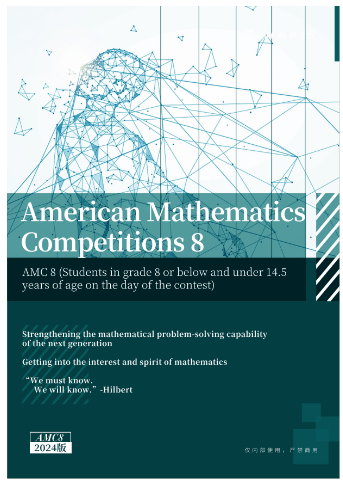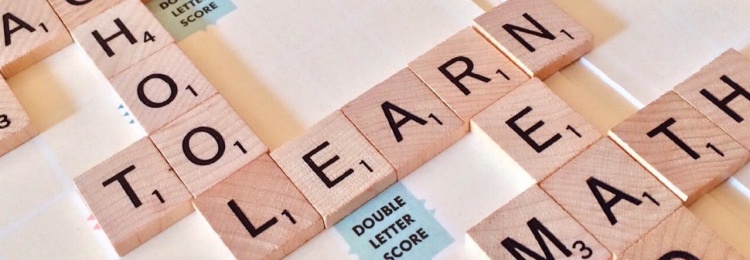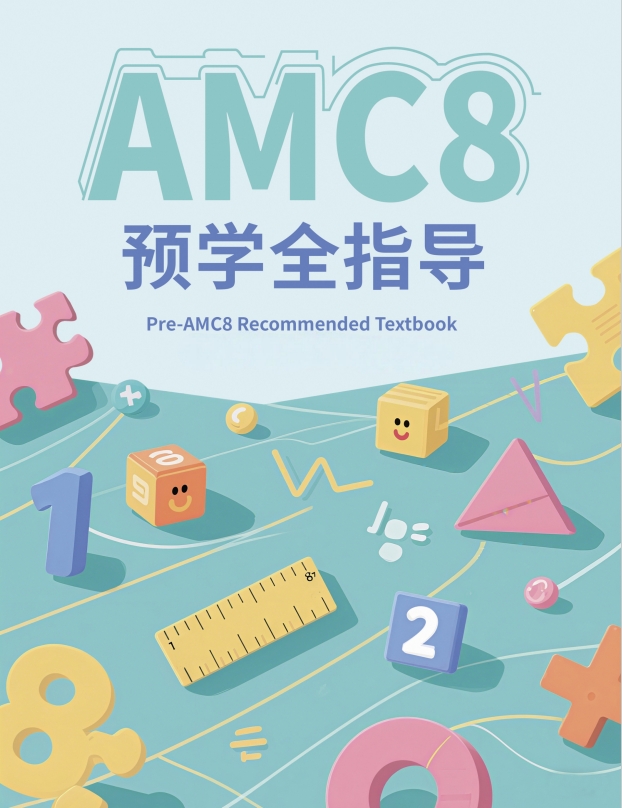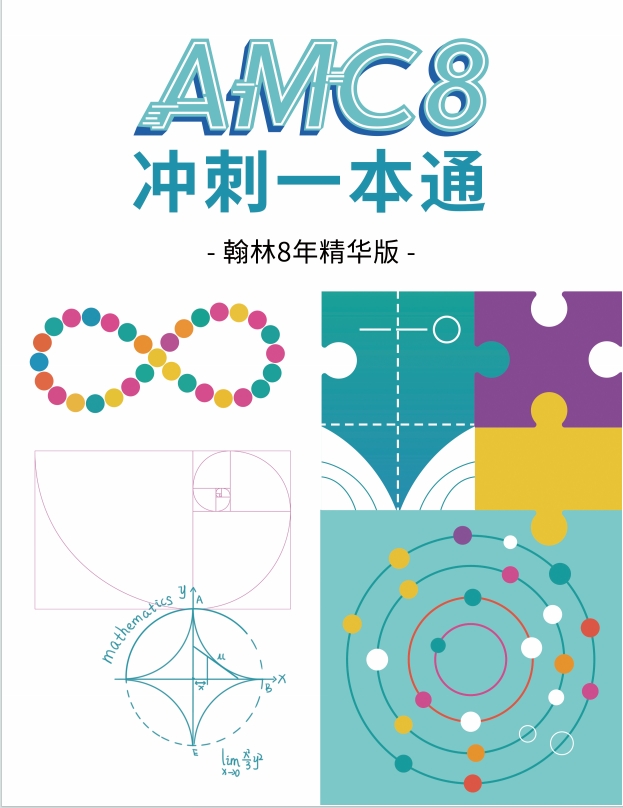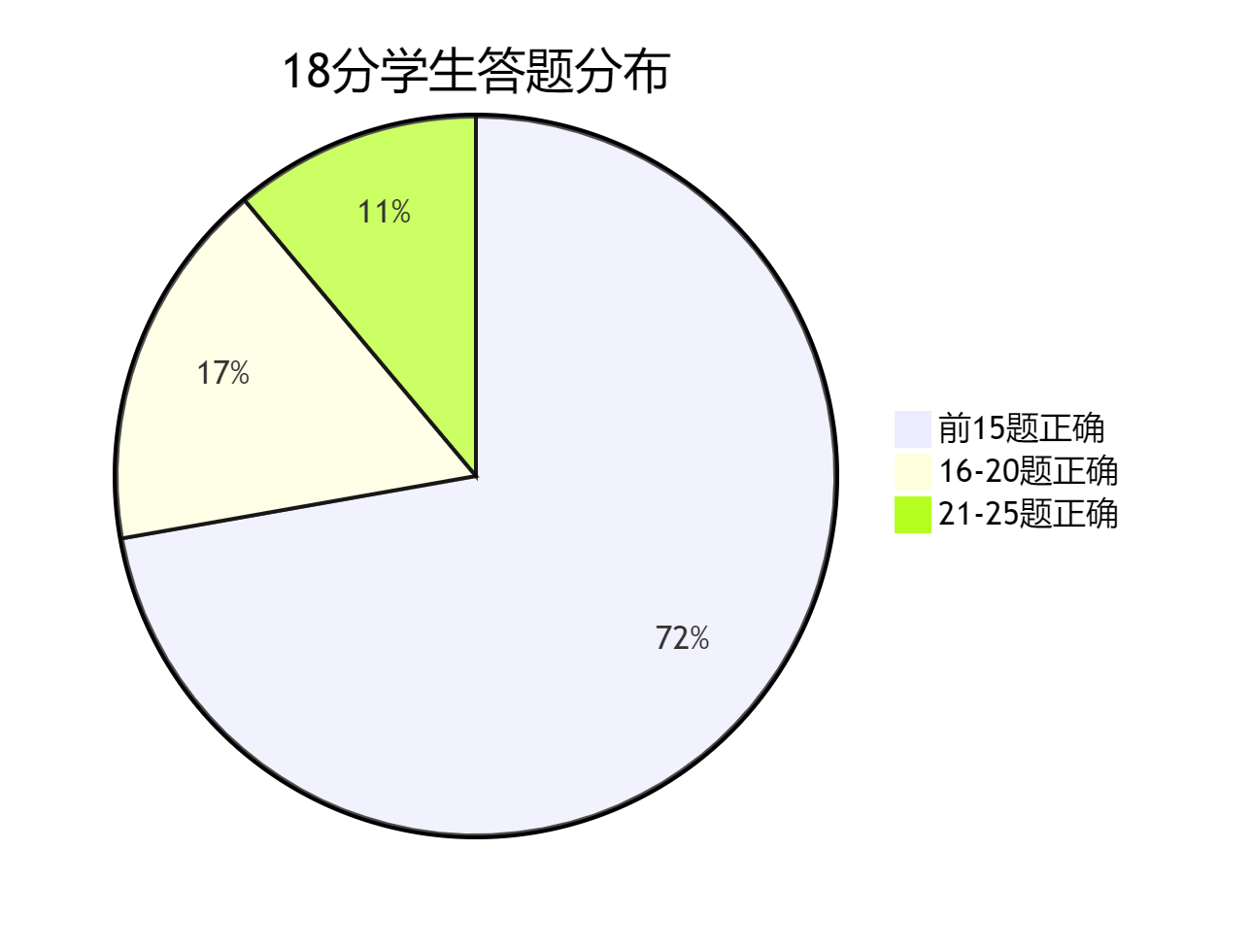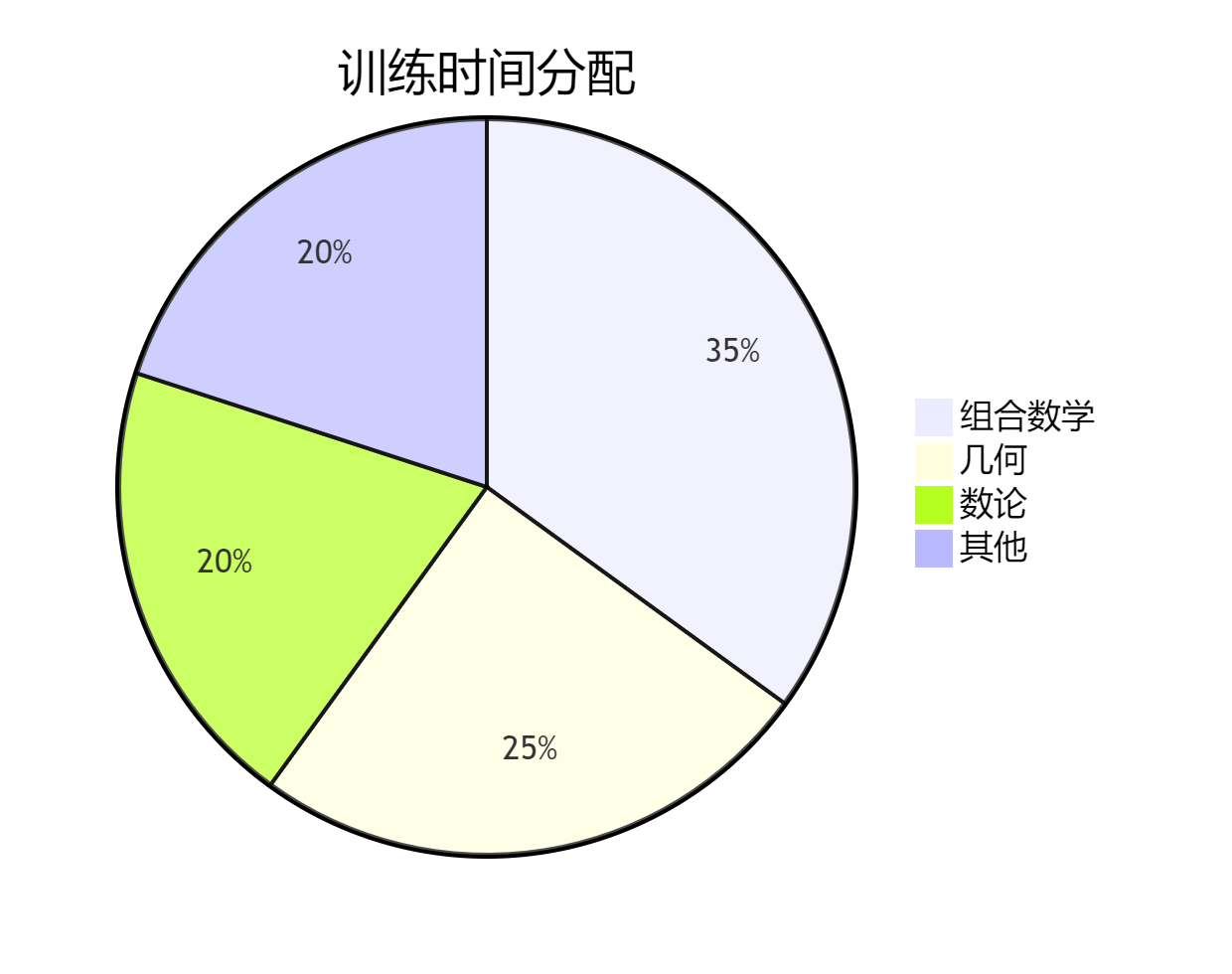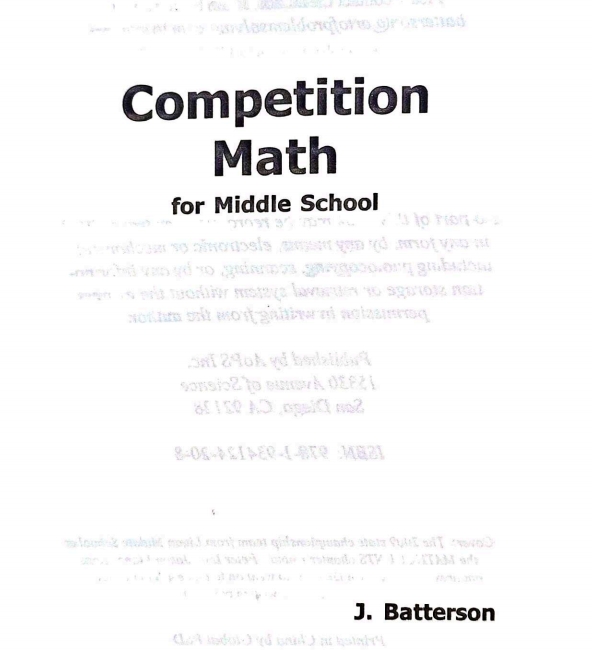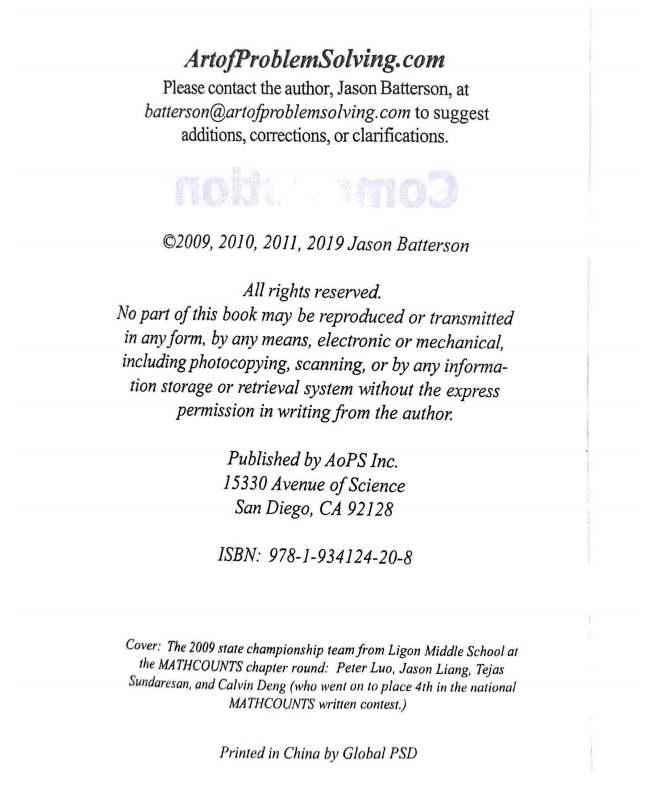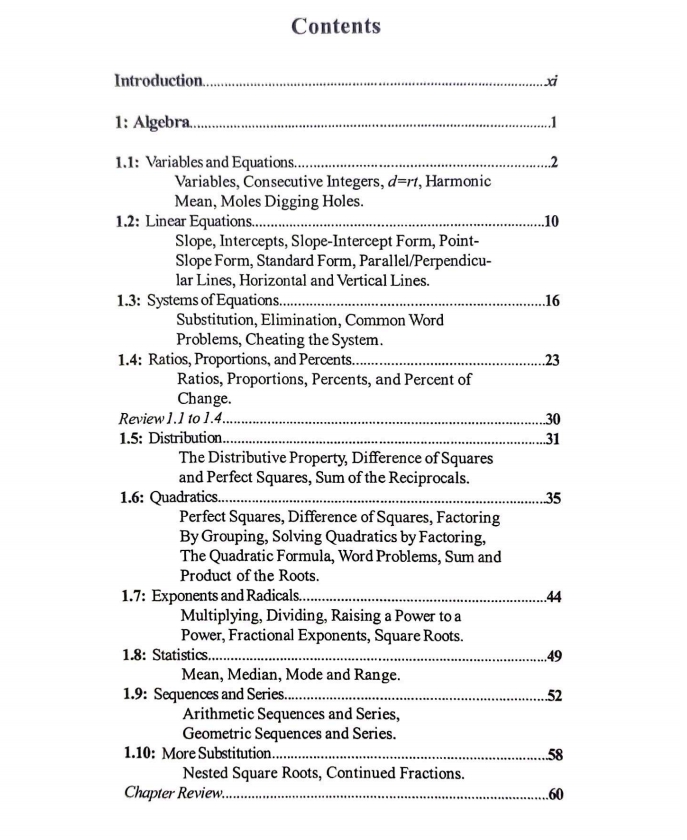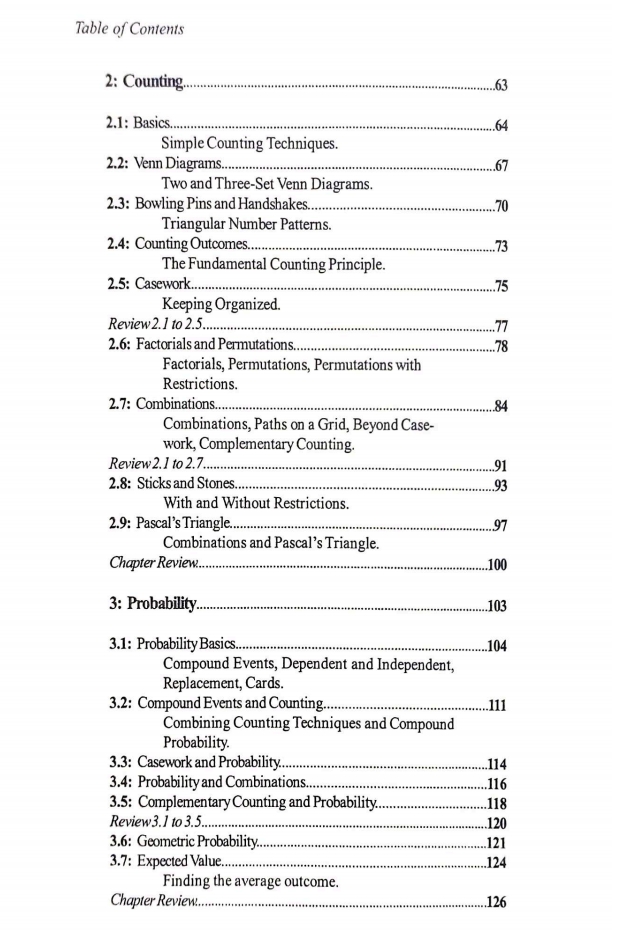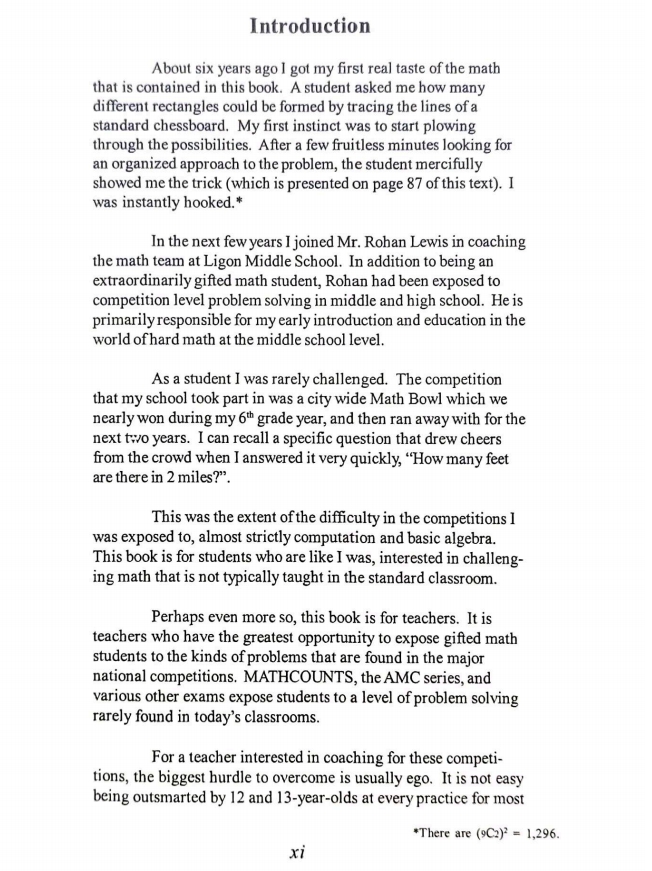AMC8奖项在申请国际学校时的加分政策及优先录取条件,主要依据奖项等级和地区政策差异而有所不同。以下是具体分析:
一、核心加分政策(按奖项等级)
1.全球前1%(DHR,约21-23分)
免试/直通面试:上海包玉刚、世外、平和双语等顶尖国际学校对前1%学生免数学笔试或直接获得面试资格。
量化加分:上海教委明确规定,全球前1%在小升初综合素质评价中加5分(如申请上海三公学校)。
奖学金优先:香港汉基国际学校、深圳国际交流学院(深国交)为前1%学生提供专项奖学金或入学补贴。
2.全球前5%(HR,约17-19分)
笔试豁免部分模块:北京鼎石学校、乐成国际学校允许前5%学生免考入学测试中的数学部分。
量化加分:上海小升初加2分(前5%)。
优先录取:深国交、北京十一学校国际部将前5%作为筛选简历的核心指标,同等条件下优先录取。
3.全球前15%(约15分以上)及低龄荣誉奖(AR)
简历亮点:六年级以下学生获得AR(≥15分)可在国际学校申请中体现数学潜力,如北京世青国际学校、上海星河湾双语学校将其列为“学术特长”证明。
分班优势:广州华附国际部、深圳中学国际班根据AMC8成绩分班,前15%可进入理科重点班。
二、地区政策差异
1.上海地区
“三公”学校(上实、上外附中、浦外)
硬性门槛:AMC8 20分以上 + 小托福800+是获取面试资格的标配。
加分规则:前1%加5分,前5%加2分,直接影响综合评价总分。
国际学校(包玉刚、世外)
入学考试直接采用AMC8真题,高分者免数学笔试。
2.北京地区
公立国际部(人大附中ICC、十一学校国际部)
AMC8 18分以上可豁免数学标化考试(如MAP测试),直通英文面试。
国际学校(鼎石、乐成)
前5%奖项作为“学术卓越证明”,申请材料中单独标注可提升录取率30%。
3.广深地区
深圳国际交流学院(深国交)
前1%学生可跳过入学考第一轮筛选,直接进入终面;前5%在数学模块自动加10分(满分100分)。
华南师大附中国际部(HFI)
AMC8 17分以上者,在同等英语成绩下优先录取。
三、长期升学优势
1.美高/美本申请背书
顶尖美高:菲利普斯埃克塞特(Phillips Exeter)、安多佛(Andover)将AMC8 22分以上视为“学术竞争力证明”,可替代SSAT数学成绩。
藤校/G5申请:MIT、斯坦福、牛津等名校在申请系统中单设AMC成绩栏,前1%显著提升STEM专业录取概率。
2.竞赛体系进阶跳板
AMC8前5%学生晋级AMC10的概率是普通学生的3.2倍,而AMC10/12高分是申请AIME(美国数学邀请赛)的必要条件,后者为藤校“黄金履历”。
四、其他隐性优势
英语能力佐证:
中英双语试卷的高分可同步证明学术英语能力,尤其适合申请双语学校(如上海协和双语、北京海嘉)。
进步趋势加分:
若学生连续两年参赛且分数提升≥5分(如12分→17分),国际学校会视为“高成长潜力”标志,部分学校可降分录取。
总结:AMC8奖项的国际学校升学价值
奖项等级:全球前1% (DHR)
核心优势:免数学笔试 + 上海加5分 + 美高对标SSAT + 奖学金
代表学校案例:包玉刚、深国交、Phillips Exeter
奖项等级:全球前5% (HR)
核心优势:入学考加分/免部分模块 + 优先录取 + 北京直通面试
代表学校案例:世外、鼎石、人大附ICC
奖项等级:全球前15%/AR
核心优势:分班优势 + 学术潜力证明 + 简历差异化
代表学校案例:星河湾、华附国际部
策略建议:
目标上海“三公”或顶尖国际学校,需冲刺全球前5%(≥17分),并搭配小托福850+。
低龄学生(3-5年级)可优先争取AR奖项(≥15分),为后续申请积累优势。
备赛的同学可以免费下载
2000-2025AMC8中英文真题+解析+公式集+词汇表+备赛书籍+讲义等

